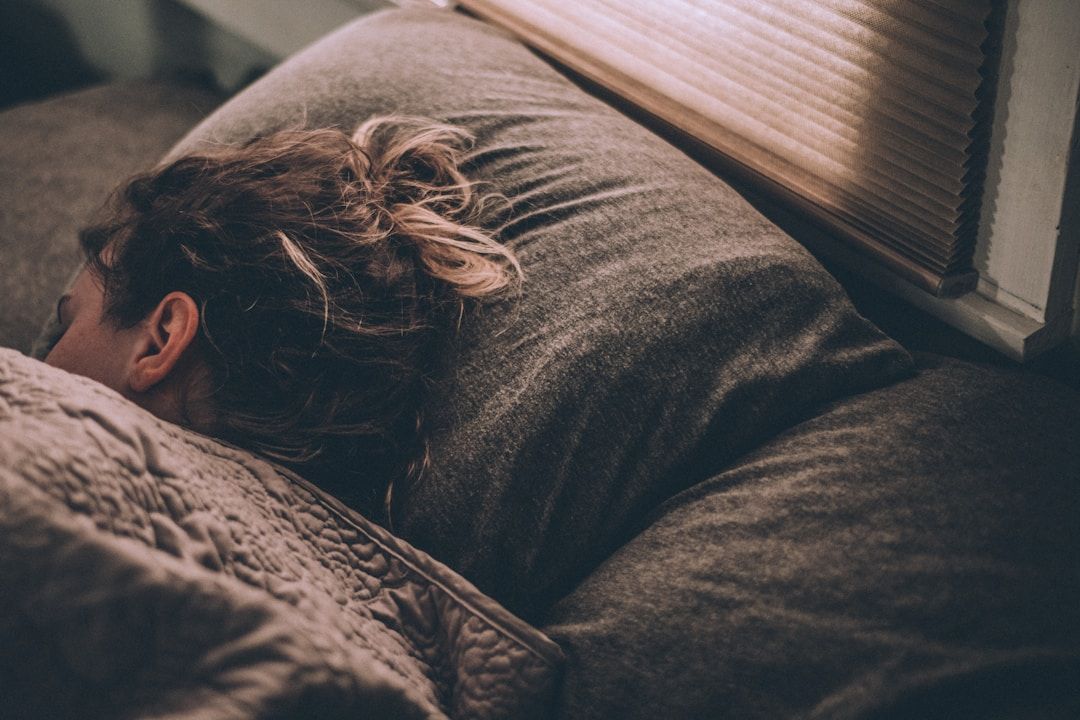
Daylight Saving Time comes to an end. This just means that at your child’s 7:00 p.m. bedtime, it will really feel like 6:00 p.m. to them. In other words, he will NOT be ready for bed and will want to stay up later. However, he (and you) will pay the price for staying up later when, the following morning, you need him to be up by 7:00 a.m. to get ready for school, but it feels like 6:00 a.m.
So, our biggest advice to you is PLAN AHEAD!! Start adjusting bedtimes for kids two weeks before Daylight-Saving Time ends, so that your child easily goes to bed at the new 7:00 p.m. and easily wakes in the morning.
-
Continue to keep your same nighttime routine before bedtime for your kids. If you don’t have a routine, we highly recommend creating one for a variety of sleep related benefits
-
Every night for two weeks, adjust your child’s bedtime to be 5 minutes earlier. That’s it! Five minutes feels like nothing to your kid. Instead of going to bed at 7:00 p.m., make sure that your child is tucked in by 6:55 p.m. Each day, move it 5 minutes earlier (6:50, 6:45, 6:40, etc).
-
By the 12th day, you will have successfully shifted your kid’s bedtime a full hour earlier, so you have a couple of days of wiggle during your two-week preparation.
-
As difficult as it may seem to try and get your child to bed by 6:00 p.m., it will all be worth it once the clocks change, and your child easily goes to sleep at her 7:00 p.m. bedtime and wakes in the morning at her usual time.
We are huge fans of using a color-light system that indicates to our children when it is time to be in bed, and when it is okay to get out of bed and come out of the bedroom. Both our 3-year-old and 20-month-old have a Hatch Rest nightlight in their room. It serves a variety of purposes including a white noise machine to help them fall asleep and an audio monitor so that we can hear when they cry at night. But the best is the colored light system that you can easily program on your phone using the app. The light/sound turns on automatically 15 minutes before bedtime.
From where we are in the bedtime routine process, the kids are instantly aware that they are getting close to going to their beds. The lights start out as a dark blue (which we chose and programmed but can be any color) meaning that it’s time to be in your bed, in your room. For our 20-month-old, we started using the Hatch when he was a small baby, and even though he was far too young to understand the rule or what the lights meant, we were setting the stage for later. I’d always tuck him into his crib, and tell him, “I love you; I hope you have beautiful dreams; and I’ll see you when your light turns orange.”
As a small baby, our son was a very early riser… I’m talking 5:30 a.m. most mornings! So, when we first introduced the Hatch Rest, we set the orange light to come on at 5:30 a.m. That way, there was very little delay between the time his eyes popped open and the time that the light changed orange so that I would go in to get him. Every morning, I’d pick him up out of his crib, point to the light, and say, “Good morning, your light is orange.” Gradually over time, I pushed the time back bit by bit, and now the light turns orange at 6:45 a.m., and most mornings he’ll just play in his crib for a while until I go in to get him.
For our daughter, she is in a big-girl bed (Read: Transition from Crib to Toddler Bed), which means that she can get up out of her bed and leave her room whenever she pleases. However, in using the Hatch Rest (and some tried and true sleep training techniques), she will lay in her bed and just wait for her light to turn the color that means she can get up.
So how does the Hatch Rest tie into kids and Daylight Saving Time? Using a light cue to signal bedtime and wake time is an obvious cue to your child; even though their body might not “feel” tired at the new bedtime, the light and sound will signal that it’s bedtime and start to cue the body to wind down. You don’t need to use a programmed light to make a successful transition into the new time, however, it can definitely add to your success!
If your child is struggling with sleep—problems at bedtime and going to bed, waking in the night, getting out of bed and coming into your bed, waking up too early in the morning and waking the house up—we address all of these common sleep problems in our tutorial (Sleep Training: The Complete Guide). We highly encourage you to give your child the gift of amazing sleep, which in turn allows YOU to also get amazing sleep. It’s a win-win!


